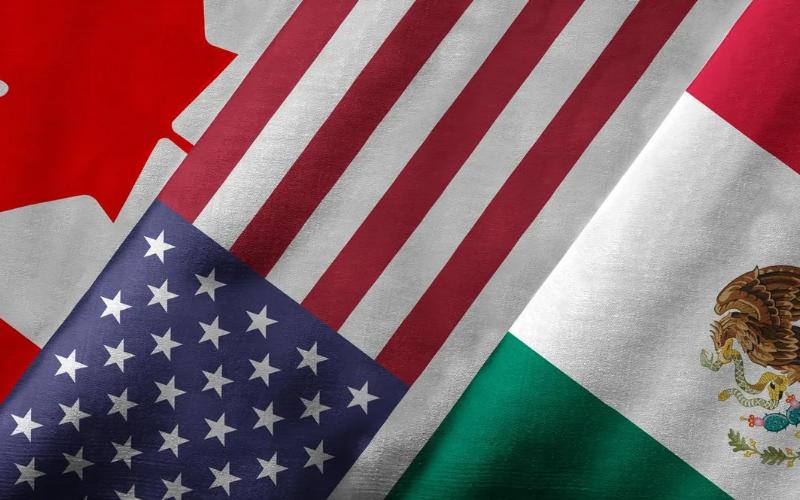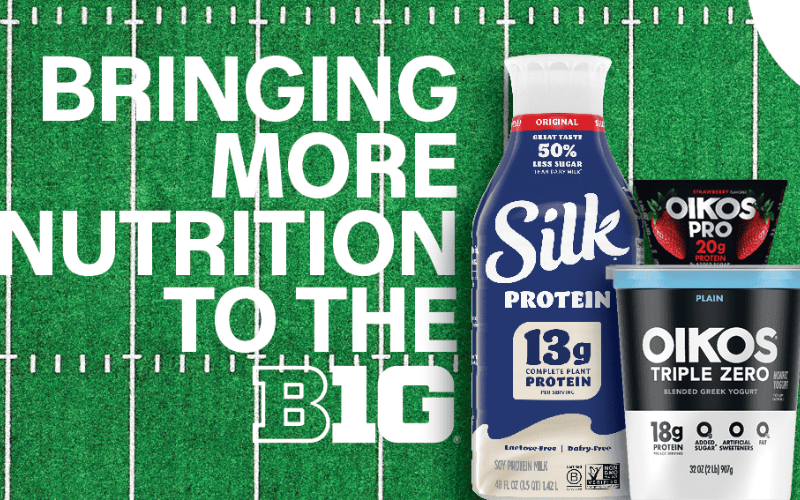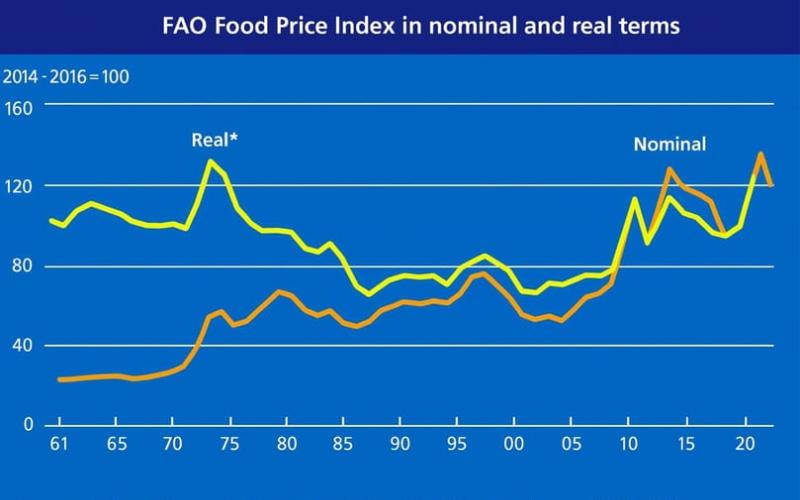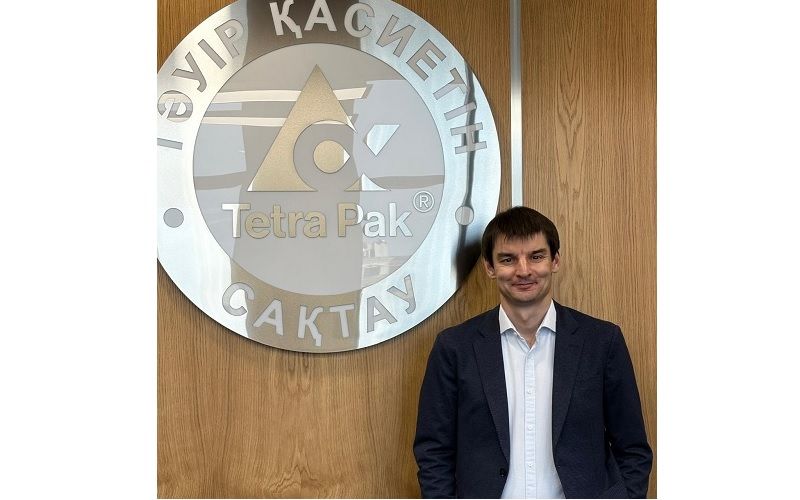Kazakhstan's Dairy Market Undergoes Structural Transformation — Mikhail Mishchenko
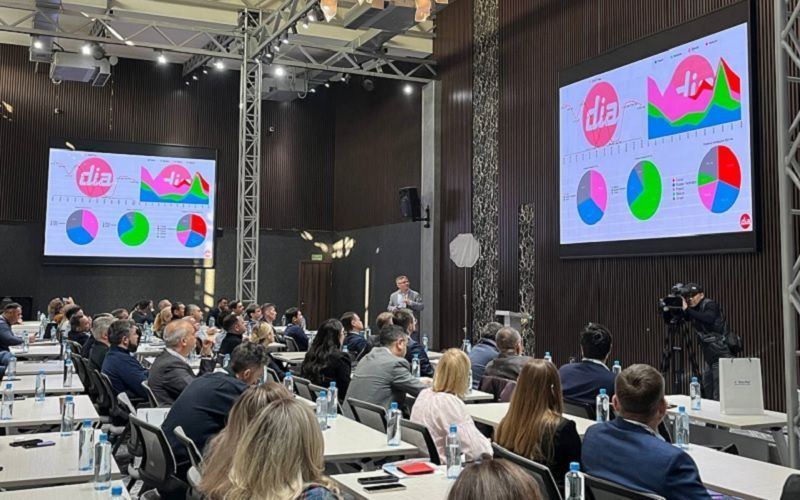
According to the BNS RK, Kazakhstan's population reached a record 20.28 million in 2024, becoming a key driver for increased domestic demand for dairy products. On average, Kazakhstani people have started to spend more:
-
spending on dairy products increased by 20.96%,
-
spending on milk in food services rose by 27.96%,
-
per capita milk consumption grew by almost 10%, reaching 265 kg/year.
The speaker noted that consumption in the industry is growing faster than real income or local production. This increases pressure on the market and processors.
"Kazakhstan is consuming more dairy products — fresh, processed, and export-oriented. However, the production base is not keeping up with this growth, leading to record imports and increased pressure on processors," commented Mikhail Mishchenko.
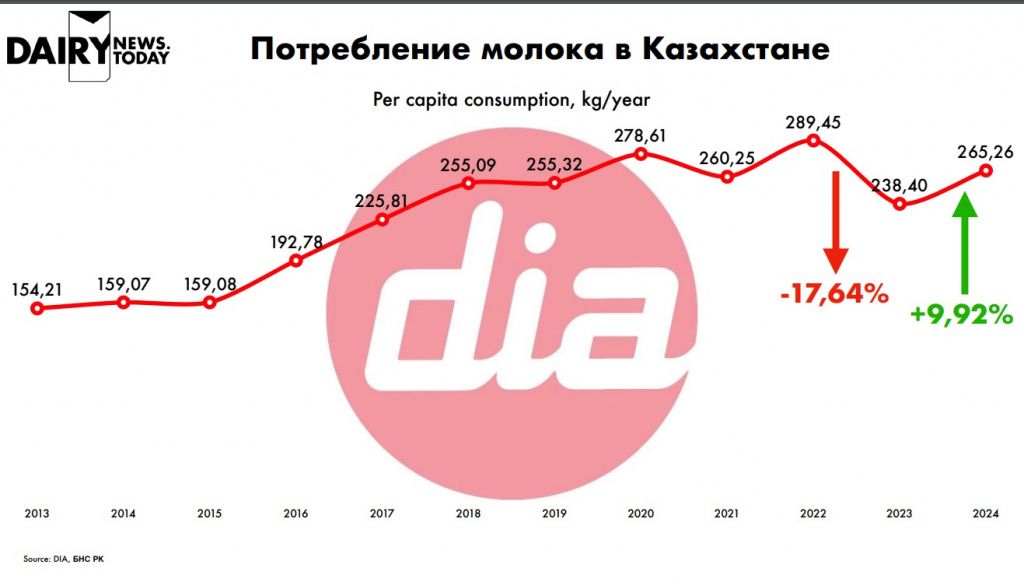
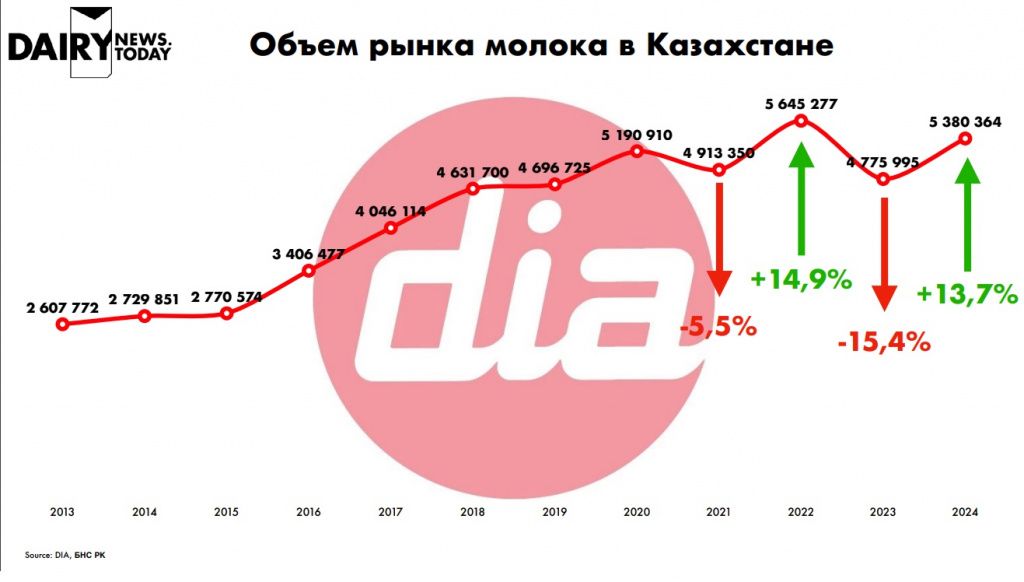
Production: Decline in Households and Uneven Regional Dynamics
As noted by Mikhail Mishchenko, the key issue of the industry is the structural reduction in cattle stock. In recent years, Kazakhstan has lost part of its raw material base, and active farm construction does not compensate for the natural decline.
"Livestock numbers are not growing, and in some regions, they are falling. The herds are old, reproductive rates are low, and renewal is slow. Without systematic investments in farms and technology, this trend will continue," the expert noted.
The gap between regions is particularly noticeable: a strong base is traditionally concentrated in North Kazakhstan, Kostanay, and Akmola regions, while southern regions are more oriented towards cooperation and small-scale production.
One of the sharpest indicators was the collapse of production in households:
-
minus 44.99% compared to the previous year,
-
decline in livestock in households — minus 8.50%.
The average yield in households appears statistically incredible — about 0.82 tons per year per cow (≈2 liters per day). This "statistical miracle" raises questions about data accuracy and the application of new accounting methodology in official statistics.
Meanwhile, large agricultural enterprises show steady growth:
-
production +14.24%,
-
livestock +5.16%.
Regional dynamics are extremely uneven:
-
Turkestan: growth +87.15% in agricultural enterprises (page 26),
-
Almaty region: +28.26%,
-
Zhetisu: +13.73%,
-
while Karaganda, Abay, Atyrau, and Aktobe regions show declines of up to –60%.
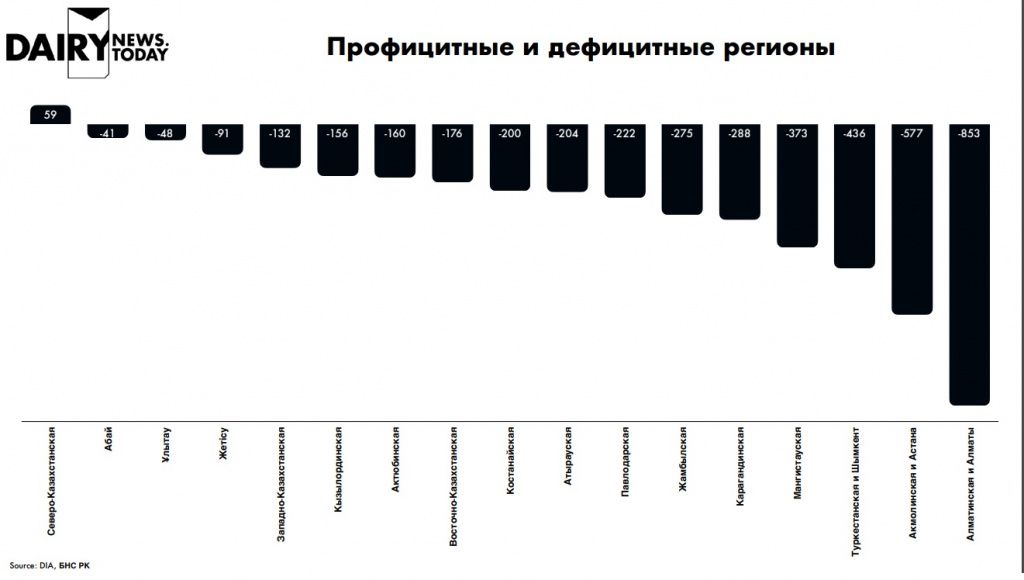
Processing: Capacity Exists, but Raw Material Deficit
Kazakhstan operates 145 dairy plants, but their loading depends on the raw material base. Some regions remain chronically deficient. The largest deficit is in Almaty/Almaty region (–853 thousand tons), significant deficit in Astana/Akmola region (–577 thousand tons), stable surplus in North Kazakhstan region (+59 thousand tons).
At the same time, sales converted to milk increased by 60.4% in 2024 (page 38), which is due to both consumption growth and an increase in the share of imports.
Import: Rapid Growth of Dependence
The expert confirmed that the cost of raw milk will continue to rise due to supply shortages. "The price of raw materials in Kazakhstan will be higher than in some neighboring countries. This is an objective reality: few farms, high capital investments, rising costs. And this trend is long-term," said Mikhail Mishchenko.Kazakhstan imports virtually all categories of dairy products — from powdered milk to cheese and butter. According to the expert, the main suppliers are Russia, Belarus, Kyrgyzstan, Iran, Poland, and France. The import of skimmed milk powder (SMP) and whole milk powder (WMP) remains particularly high, directly affecting processing costs. "Dependence on imported powdered milk, whey, and ingredients is a critical weak point. This is not only an economic issue but also a matter of food security," reminded Mikhail Mishchenko.
For example:
-
WMP import in 2024 exceeded 4.1 thousand tons,
-
import of cheese and cheese analogs totaled more than 14 thousand tons.
Major Processors: Market Concentration
The leaders in raw milk equivalent sales were:
-
Eurasian Foods Corporation — 638 thousand tons,
-
FOODMASTER,
-
Milkh,
-
Danone Berkut,
-
Emil,
-
JLC Süt,
-
Nätizhe,
-
AIS-plus,
-
Kostanay Dairy Plant,
-
Leader-2010.
Concentration is intensifying: the top-10 companies form the majority of the country's processing.
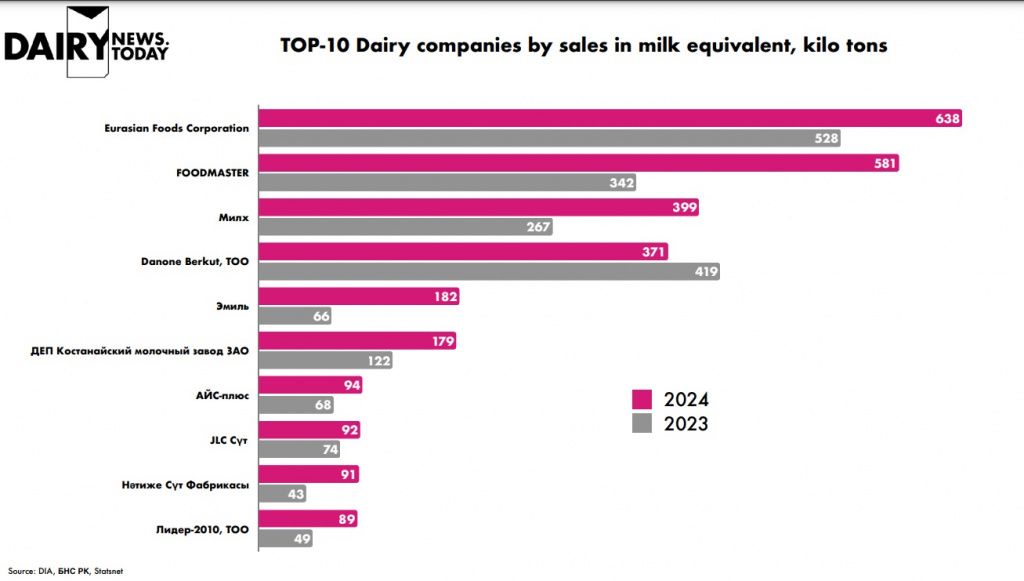
In concluding his speech, Mikhail Mishchenko outlined the exact formula for stabilization: "Without the development of livestock farming, support for dairy farms, and investments in genetics, technology, and management, we cannot achieve sustainable growth. We need not only farms — we need a new industry."
Continuation of the presentation
Also read:
Dmitriy Dokin listed nine systemic issues of the ice cream market at AqAltyn
Kintal Islamov: Industrial farms in Kazakhstan need a new support modelTetra Pak: Kazakhstan's dairy market is shifting from "white milk" to consumer-oriented portfolios
Uzbekistan as an "unknown blue ocean": Akram Talibov calls dairy companies to a long game
Bekgali Ashirbekov talked about the competitiveness of Kazakh equipment for the dairy industry
"The farmer doesn't need more milk — the farmer needs more money" — Rauf Mailov, Josera
General partner and key engineering partner - Borte Engineering
As Kazakhstan's leading national producer, Borte Engineering creates high-tech equipment for the food industry, confirming its quality by being included in the Register of Domestic Manufacturers. The company successfully collaborates with enterprises throughout Central Asia, strengthening the regional economy.
Innovative partner - DeLaval
Altyn sponsors - Alfa L Service, MB-System
Qola sponsors - Tetra Pak, LLP Clever Machines
SPX FLOW APV | SEITAL SEPARATION
Partners - Kazakhstan Dairy Union, Republican Chamber of Dairy and Combined Cattle Breeds, Food Master


